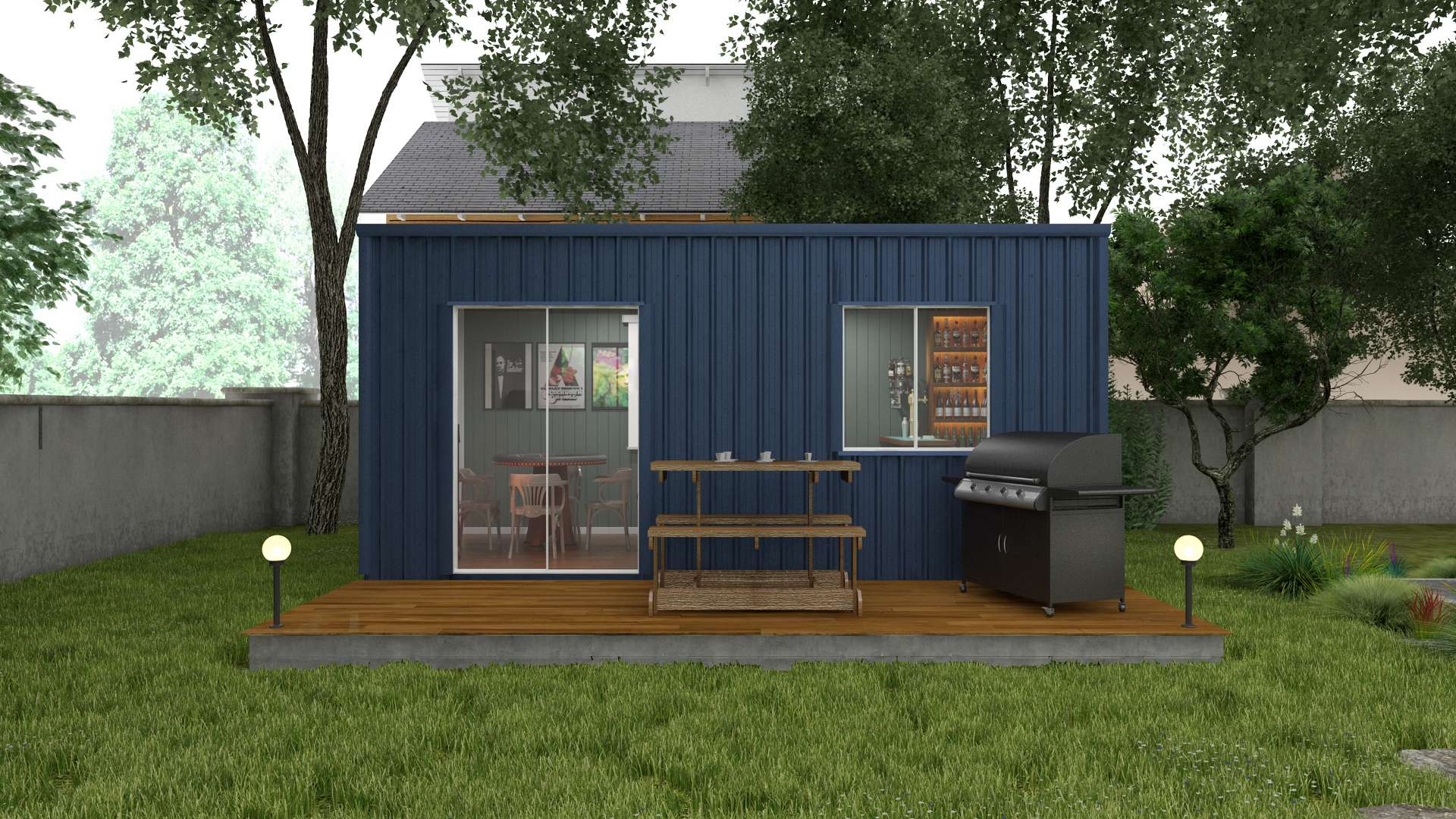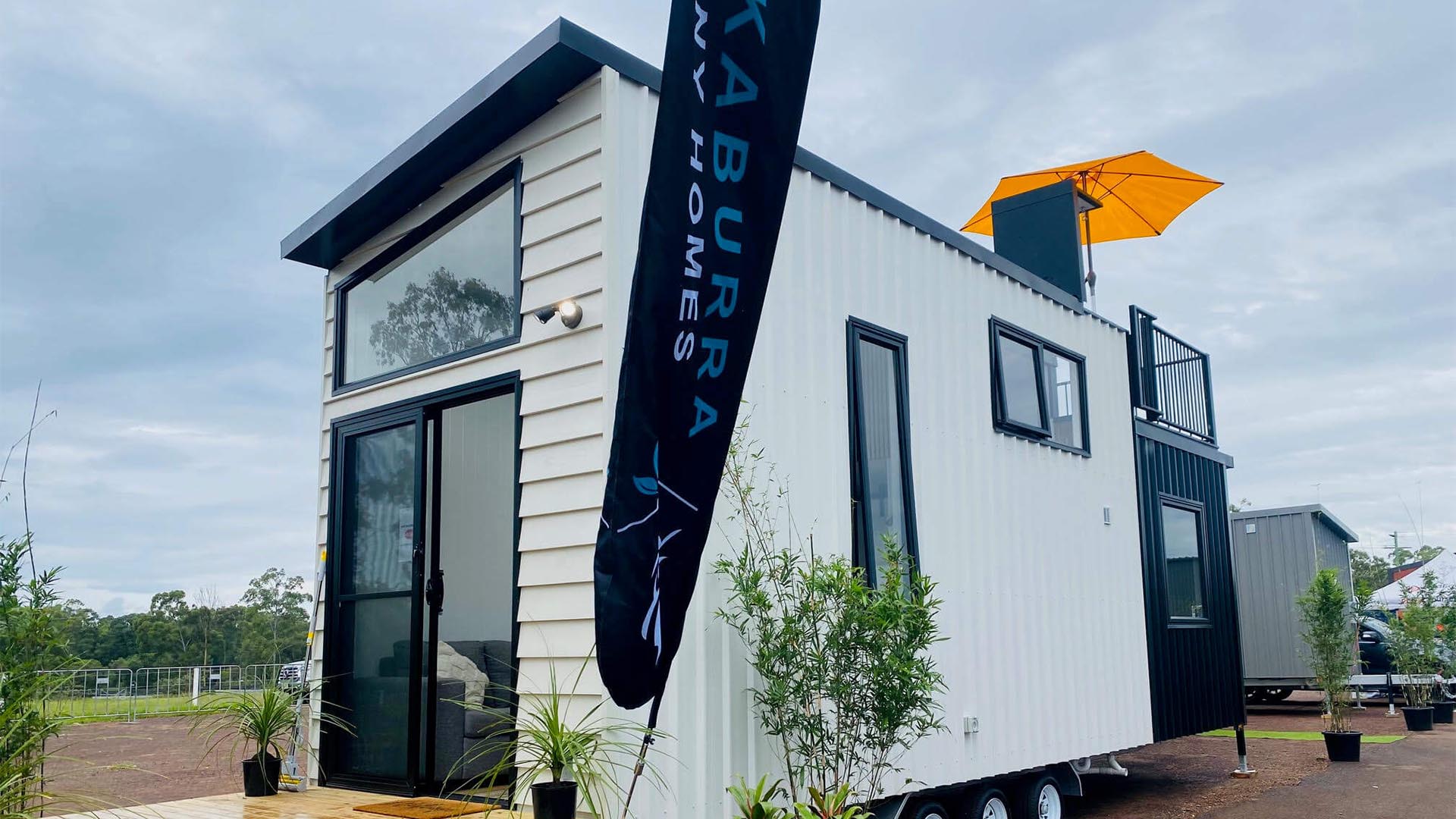The Tiny House Movement Down Under
Australia’s tiny house movement has been steadily gaining momentum, especially in the scenic region of South East Queensland. These small, eco-friendly dwellings have captured the imaginations of individuals seeking an alternative to the traditional housing market. The appeal of tiny homes lies in their affordability, sustainability, and minimalist lifestyle they promote.
South East Queensland, with its pleasant climate and stunning natural landscapes, is an ideal location for tiny house living. However, before embarking on this journey, prospective tiny homeowners must navigate a complex web of regulations, policies, and zoning laws. In this blog post, we’ll delve into the intricate process of turning a tiny house blueprint into reality in South East Queensland.

The Regulatory Landscape for Tiny Homes in South East Queensland
Building a tiny house in Australia, let alone South East Queensland, requires a comprehensive understanding of local and national regulations. The first challenge aspiring tiny homeowners face is zoning laws. These laws determine where and how a tiny house can be placed. In many cases, tiny homes are considered caravans or movable dwellings, which may restrict their placement to specific areas such as caravan parks or rural properties.
Zoning Laws and Land Use Regulations
One of the primary challenges in establishing a tiny home in South East Queensland is navigating zoning laws and land use regulations. These regulations determine where and how tiny homes can be placed. In many cases, tiny homes are classified as “caravans” or “movable dwellings” under local zoning laws, which may limit their placement to specific areas like caravan parks, campgrounds, or rural properties.
To address these challenges, some tiny home enthusiasts opt for designs that classify their homes as “tiny houses on wheels.” These mobile structures are akin to caravans and can provide greater flexibility in terms of location. However, it’s crucial to research the zoning regulations specific to your chosen area within South East Queensland, as they can vary from one locality to another.
Building Codes and Safety Standards
Ensuring the safety and structural integrity of your tiny home is paramount. The National Construction Code (NCC) sets the standards for safety, health, and amenity in the built environment across Australia, including South East Queensland. Compliance with these codes is essential to obtain necessary permits and approvals for your tiny home project.
Collaborating with a qualified architect or builder who is well-versed in tiny home construction can be invaluable. They can help ensure that your design meets all relevant building codes and safety standards. This proactive approach can prevent costly setbacks during the permitting process and construction phase.
Planning and Development Approvals
Tiny home projects often require planning and development approvals from local councils. The specific requirements and processes can vary widely depending on your chosen location within South East Queensland. Some councils may be more receptive to tiny homes than others, making it essential to research and engage with local authorities early in the planning stages.
Prepare a comprehensive application that includes detailed design plans, structural engineering reports, and any required environmental impact assessments. Be prepared to address questions and concerns from the council and local residents. Demonstrating the sustainability and minimal environmental impact of your tiny home can go a long way in gaining community support and council approvals.
Land Ownership and Agreements
Whether you plan to place your tiny home on your land or someone else’s property, clear and legally binding agreements are crucial. For those planning to lease land, ensure that you have a written agreement that outlines lease terms, access to utilities, and any additional responsibilities.
If you own the land, you may need to consider legalities related to land use, such as whether your property is designated as residential, rural, or something else. Different land classifications can impact your ability to place a tiny home on the property, so it’s essential to clarify these details.
Environmental Sustainability and Off-Grid Living
One advantage of tiny homes is their potential for sustainable living. Many tiny homeowners in South East Queensland choose off-grid solutions for water, electricity, and waste disposal. While this can reduce your ecological footprint, it’s important to research and comply with local regulations regarding off-grid living.

The Path from Blueprint to Realization
Building a tiny home in Australia, including South East Queensland, involves a detailed process that covers legal, logistical, and construction aspects. Here is a step-by-step guide from the blueprint to reality:
1. Research and Design
Define Your Goals: Start by defining your goals for your tiny home. Determine its purpose, whether it’s a primary residence, a vacation home, or a guest house.
Budget: Establish a budget for your project. Consider all costs, including design, materials, labor, permits, and land.
Design Your Tiny Home: Work with an architect or a designer specializing in tiny homes. They will help you create a functional and efficient design that maximizes the use of space. Consider energy efficiency, storage solutions, and your lifestyle needs.
2. Legal Considerations
Zoning and Land Regulations: Research the zoning laws and regulations in the specific area where you plan to place your tiny home. In many cases, tiny homes are classified as “caravans” or “movable dwellings.” Check if your chosen location allows tiny homes, and if so, what restrictions or requirements apply.
Permits and Approvals: Determine the permits and approvals required for your tiny home project. This may include planning permits, building permits, environmental assessments, and more. Engage with your local council and authorities to understand their specific requirements.
3. Budget and Financing
Secure Financing: If you require financing, explore your options. Some people use personal savings, while others may secure loans or grants specifically tailored for sustainable or small home projects.
4. Construction and Building Process
Find a Builder: Hire a qualified builder or contractor experienced in tiny home construction. Ensure they are familiar with local building codes and regulations.
Materials and Construction: Work closely with your builder to source the necessary materials and begin construction. Keep a close eye on the project to ensure it aligns with your design and budget.
Inspections: At various stages of construction, your project will likely undergo inspections to ensure it complies with building codes and safety standards.
5. Utilities and Services
Utilities: Determine your utilities setup. Depending on your location, you may need to connect to existing services or consider off-grid solutions for water, electricity, and waste disposal. Ensure your setup adheres to local regulations.
6. Site Preparation
Land Placement: If you’re placing your tiny home on wheels, you can choose from various locations like caravan parks, rural properties, or even your land. Ensure you have the necessary agreements or leases in place. For permanent placements, you may need to prepare a foundation.
7. Final Touches and Interior
Interior Finishes: Once your tiny home is in place, complete the interior finishes according to your design. This includes flooring, wall treatments, cabinetry, and fixtures.
Furnishings: Choose furniture and decor that complement the space and maximize functionality.
8. Final Inspections and Approvals
Safety and Compliance: Before moving in, your tiny home will need to undergo final inspections to ensure compliance with local building codes and safety standards. Address any issues that arise during these inspections.
9. Moving In
Enjoy Your Tiny Home: Once you receive the necessary approvals and your tiny home is ready, it’s time to move in and embrace the minimalist lifestyle, reduced environmental impact, and financial freedom that come with tiny home living.
Throughout this process, it’s essential to stay organized, communicate effectively with professionals involved, and be prepared for unexpected challenges. Building a tiny home in Australia requires careful planning and a thorough understanding of the regulatory landscape, but with determination and the right resources, your tiny home dreams can become a reality.
The journey from blueprint to reality for tiny house enthusiasts in South East Queensland, Australia, is an exhilarating adventure filled with possibilities. It’s a path that challenges your creativity and determination, but it’s also incredibly rewarding.
As you embark on this exciting journey, remember that you’re not alone. At Atlas Frames, we are here to support you every step of the way, from the initial frame designs to connecting you with trustworthy experts who share your dream of tiny house living.
By arming yourself with knowledge about the regulations and policies, you can navigate the intricate web that sometimes surrounds tiny house construction. With careful planning, a commitment to adhering to building codes, and a deep passion for sustainable living, you can transform your dream of an eco-friendly, affordable tiny home into a vibrant reality.
Join us in making South East Queensland’s tiny house movement not just a trend, but a thriving and sustainable way of life for years to come. Your tiny house journey begins now, and we can’t wait to see your dreams take shape! Take the first step, and let’s build your tiny home together.




